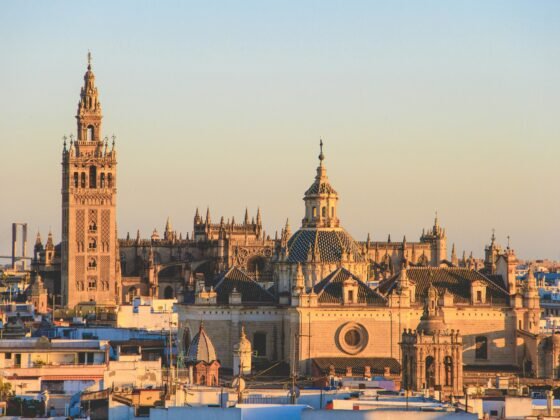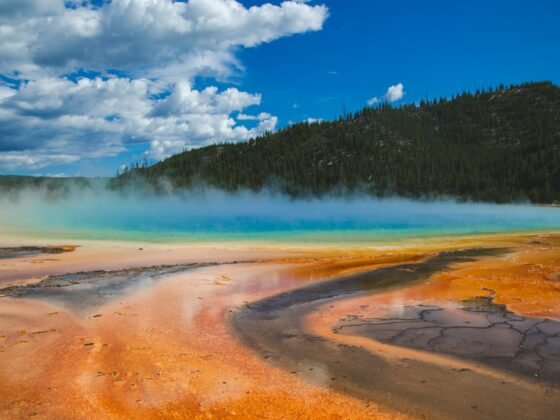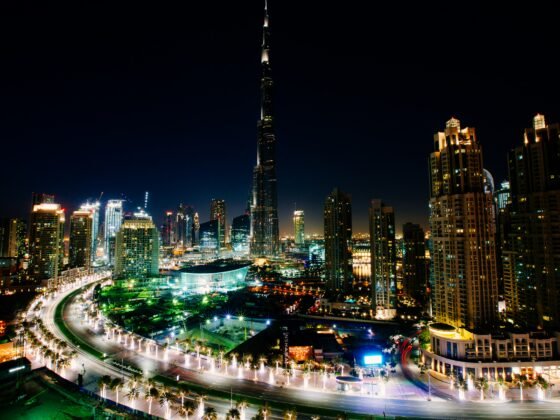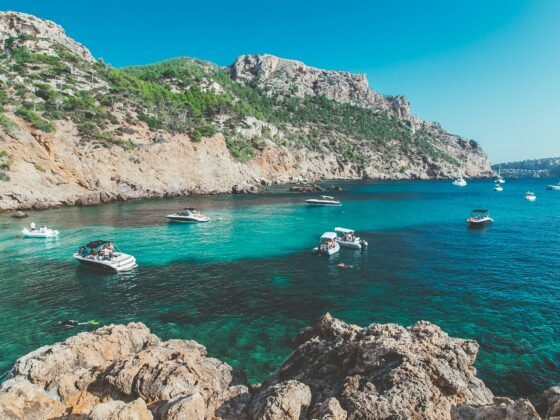Some countries win you over with landscapes, others with architecture. Romania does it through taste. From farm-fresh cheeses in the mountains to full-bodied wines born from sun-drenched vineyards, the country’s culinary culture is as rich and layered as its history. I traveled through Romania with a fork in one hand and curiosity in the other — and found that its food tells the story of a nation still deeply connected to its roots.
The Soul of Romanian Cuisine
Romanian food is a meeting point of cultures — Slavic heartiness, Ottoman spice, Hungarian warmth, and Mediterranean generosity. Yet, despite the influences, it has a character entirely its own. Meals are meant to be shared, prepared with patience, and served with genuine hospitality.
The first dish that truly captured my heart was sarmale, cabbage rolls stuffed with pork, rice, and herbs, slow-cooked in clay pots until tender. Traditionally served at holidays and family gatherings, sarmale embodies everything Romanian cuisine stands for: comfort, flavor, and time-honored tradition.
Alongside it, you’ll almost always find mămăligă — a golden cornmeal porridge similar to polenta, topped with sour cream and local cheese. Simple, rustic, and deeply satisfying.
And then there’s ciorbă, the quintessential Romanian soup, prepared in countless regional variations — sour, savory, and heartwarming. My favorite was ciorbă de burtă (tripe soup), rich and velvety, with a sharp tang from vinegar and garlic. It’s the kind of dish that divides travelers — you either fall in love or never forget it.
From Markets to Farmhouses
To truly experience Romanian food, you have to go beyond the restaurants. You need to walk through local markets, where vendors sell wild mushrooms, honey, smoked meats, and pickled vegetables in glass jars that glow like jewels.
In Sibiu, I spent a morning at the city’s central market — a feast for the senses. The smell of freshly baked bread mingled with the aroma of cured sausages. Farmers proudly offered samples of their homemade cheese, some so fresh they were still warm from the morning’s milking.
Later, in a small village near Viscri, I was welcomed into a family home for dinner arranged by Balkan Trails. My hosts had cooked tochitură, a rich pork stew served with mămăligă and a fried egg on top, followed by homemade cherry liqueur. We talked late into the night about life in the village, their children working abroad, and the joy of having visitors discover Romania’s real flavors.
It wasn’t just a meal — it was a cultural exchange. And that’s what sets Romania apart: food isn’t just nourishment here, it’s connection.
Romanian Wine — The Country’s Best-Kept Secret
If Romania’s cuisine is soulful, its wines are a revelation. Though the world is only now rediscovering them, Romanians have been making wine since ancient times — the Greek historian Herodotus even mentioned the vineyards of Dacia.
The modern wine scene is flourishing, with boutique producers emphasizing quality over quantity. In the Dealu Mare region, south of the Carpathians, I visited several family-run wineries where you can taste wines directly from the barrel. The reds — especially Fetească Neagră — are deep, elegant, and full of dark fruit and spice.
Further east, in Moldova and Vrancea, white varieties like Fetească Albă and Grasă de Cotnari shine with floral and honeyed notes. And in Transylvania, crisp whites pair perfectly with local cheeses and trout dishes.
Wine tasting in Romania feels intimate, personal — there’s no rush, no crowds, just passionate vintners eager to share their craft. Many of the best tours Romania options focus specifically on wine regions like Dealu Mare, Transylvania, and Moldova, combining scenic drives, cellar visits, and traditional meals for a full sensory experience.
Food in Romania follows the seasons. In spring, fresh greens and lamb dominate Easter tables; in summer, markets overflow with cherries, peppers, and tomatoes; autumn is a celebration of harvest — the time for wine festivals, smoked meats, and jam-making.
Festivals and Seasonal Food
Food in Romania follows the seasons. In spring, fresh greens and lamb dominate Easter tables; in summer, markets overflow with cherries, peppers, and tomatoes; autumn is a celebration of harvest — the time for wine festivals, smoked meats, and jam-making.
One of my favorite memories was attending the annual “Răvășitul oilor” festival in Bran, marking the end of the mountain grazing season. Shepherds returned from the high pastures, and the village came alive with music, dancing, and feasting. Platters of grilled mici (skinless sausages) and steaming bowls of stew circulated endlessly, washed down with local wine and laughter.
In winter, Romanians turn to comfort food — roasted meats, pickles, and cozonac, a sweet bread swirled with walnut and cocoa. It’s impossible to leave a Romanian home hungry. Refusing a second helping is practically a sin.
The Romanian Table — Always Open
What struck me most about dining in Romania wasn’t just the quality of the food, but the generosity that surrounds it. Whether in a family kitchen, a monastery courtyard, or a rustic guesthouse, meals are shared with pride and warmth.
There’s an old Romanian saying: “Omul sfințește locul” — “It’s the person who makes the place holy.” Nowhere is that truer than at the table. You might arrive a stranger, but by the end of the meal, you’ll be a friend.
Romania’s culinary scene is still evolving, especially in cities like Bucharest and Cluj, where young chefs reinterpret traditional dishes with modern flair. Yet even the most innovative menus stay rooted in local ingredients and stories passed down for generations.
Why Romania Belongs on Every Food Lover’s Map
For travelers seeking authentic European cuisine, Romania offers a rare gift: flavor without pretense, quality without extravagance. It’s a destination where farm-to-table isn’t a trend — it’s a way of life.
From smoky plum brandy in Maramureș to the velvety wines of Dealu Mare, from homemade jams in Bucovina to fine dining in Bucharest, every bite reveals something about the country’s soul.
If you want to experience this side of Romania, consider joining one of the culinary-themed itineraries designed by Balkan Trails. Their expert guides and local connections ensure that every meal — whether in a peasant’s home or a vineyard terrace — tells a story worth remembering.
Food is memory. And in Romania, those memories taste like generosity, warmth, and the kind of authenticity that’s increasingly rare in the world.
Image: Unsplash, Calin Stan












